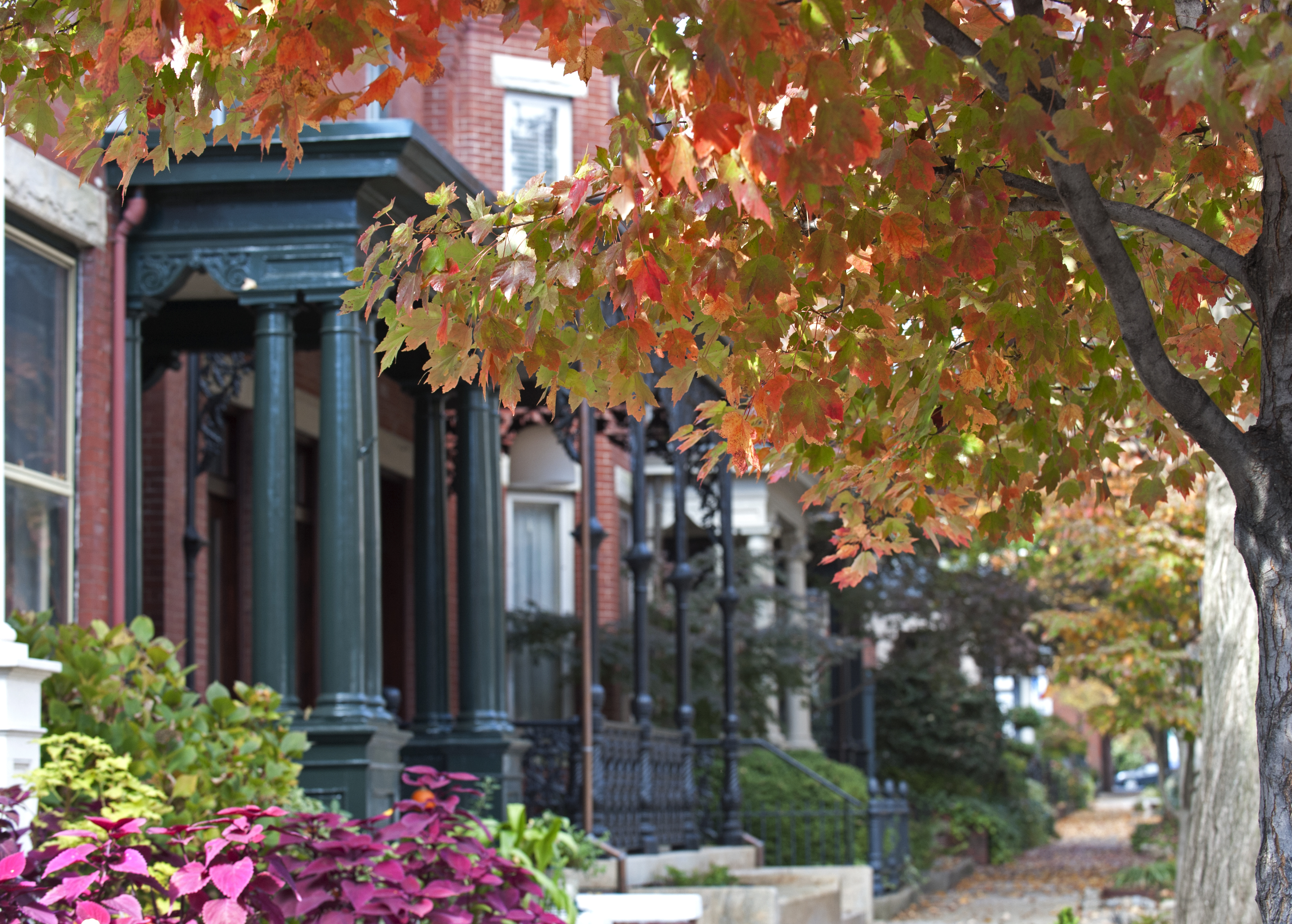News
Wilder School Study Shows that Heritage Tourists Spend $7.7 Billion A Year

Heritage tourism is an important driver of Virginia’s economy, generating almost $7.7 billion a year, according to a study by the Wilder School commissioned by Preservation Virginia.
“The Economic Impact of Heritage Tourism in Virginia,” the third in a trilogy of studies Preservation Virginia commissioned from the Wilder School’s Center for Urban and Regional Analysis, documents the impact of historic preservation-related activities on the state’s economy.
The Virginia Tourism Corporation and the Virginia Association of Museums helped with parts of the study. It was made possible with the generous support of Nancy Voorhees and The Alan M. and Nathalie P. Voorhees Fund of the Community Foundation serving Richmond and Central Virginia.
The National Trust for Historic Preservation defines heritage tourism as “traveling to experience the places and activities that authentically represent the stories and people of the past and present.” Heritage tourism, especially in Virginia, has become a major economic driver, generating jobs and tax revenues.
The nearly $7.7 billion spent annually by heritage tourists, plus more than $430 million spent by heritage tourism sites for operational expenditures, ripple throughout the economy, giving an additional boost of $6.5 billion to the economy and generating $1.3 billion in taxes.
“The Preservation Trilogy, as we have come to call this series of studies on the economic impact of historic preservation, has uncovered the deep and strong relationship among history, place making and economic development in our commonwealth”, said John Accordino, Ph.D., FAICP, dean of the Wilder School.
“Americans are strongly attached to their history, especially their national and regional history,” he said. “The continued popularity of historic sites and the rapid growth of heritage tourism bear witness to this. And Americans increasingly support the preservation of the historic built environment—not just monuments, but vernacular buildings, streets, commercial districts and neighborhoods, for their intrinsic charm and beauty and as a visible manifestation of the character and history that give our towns and cities a unique sense of place.”
Tourists who come to Virginia buy goods and services, such as food, lodging, gasoline and gifts. On average, tourists who stay overnight spend $458 per household per trip, while day-trip tourists spend about $380. International travelers spend approximately $1,134 per person.
This is after accounting for spending "leakages," or spending happening outside Virginia, as goods and services suppliers make purchases from businesses located outside the commonwealth. Thus, the total impact of heritage tourism spending comes to:
- $6.5 billion of additional economic activity, including more than $3.3 billion in employee paychecks for all affected industries (not just tourism).
- More than 105,000 jobs supported by the direct and indirect impacts of heritage tourism spending in Virginia.
- More than $640 million in State and local taxes, and more than $700 million in Federal taxes.
“Virginia is a state that is steeped in such rich history, which makes heritage tourism a critical sector of the travel industry in the Commonwealth,” said Rita McClenny, president and CEO of Virginia Tourism Corporation.
“There are so many ways for travelers to experience Virginia’s expansive historical and cultural attractions, dating as far back as our nation’s very beginnings at Jamestown,” McClenny said. “From the church where Patrick Henry proclaimed ‘Give me liberty or give me death,’ to museums honoring the Civil Rights movement, from presidential homes to the state Capitol that Jefferson designed himself, it’s easy to see why Virginia is for history lovers.”
The study found that an estimated 50 million people visit Virginia annually. Of this number, 42,887,000 people visit Virginia heritage sites annually. Virginia residents make up the largest group of domestic visitors (29 percent), followed by residents of North Carolina (10 percent), Pennsylvania (8 percent) and Maryland (7 percent).
“The Preservation Trilogy, as we have come to call this series of studies on the economic impact of historic preservation, has uncovered the deep and strong relationship among history, place making and economic development in our commonwealth”, said John Accordino, Ph.D., dean of the Wilder School, which completed these studies.
“Americans are strongly attached to their history, especially their national and regional history,” he said. “The continued popularity of historic sites and the rapid growth of heritage tourism bear witness to this. And Americans increasingly support the preservation of the historic built environment—not just monuments, but vernacular buildings, streets, commercial districts and neighborhoods, for their intrinsic charm and beauty and as a visible manifestation of the character and history that give our towns and cities a unique sense of place.”
The report’s case studies focus on the attractions, businesses, organizations, and local leaders in three geographically diverse regions of the state: museums and historic sites in Alexandria and Northern Virginia, the Eastern Shore and in Southwest Virginia along the Crooked Road Music Trail.
The case studies are the result of visits and focus group discussions with stakeholders from each region and provide snapshots of how civic, governmental and private-sector entities can collaborate and link together their resources to create vibrant heritage tourism centers.
Cheryl Hargrove, president of HTC Partners, the consulting division of Hargrove International, Inc., said, “The anecdotal information included in the case studies is quite interesting and important – perhaps the most informative read for me. It’s very exciting to see the collaborations and creative efforts at work.”
“Like the rest of Virginia, the Eastern Shore is steeped in history and benefits from a wealth of preserved historic sites and properties, virtually untouched as the last undeveloped stretch of land on the East Coast,” said Mills Wehner, owner of Chatham Vineyards on Church Creek in Machipongo.
“Our wine-growing endeavors are a part of nearly four centuries of farming at historic Chatham farm. This and the Federal-period home on the property are a huge attraction for our visitors,” Wehner said. “Chatham Vineyards is a member of both the Eastern Shore Artisan’s Trail and the Virginia Oyster Trail, and this cross-layering of products and offerings certainly enriches the heritage tourism experience on the Shore.”